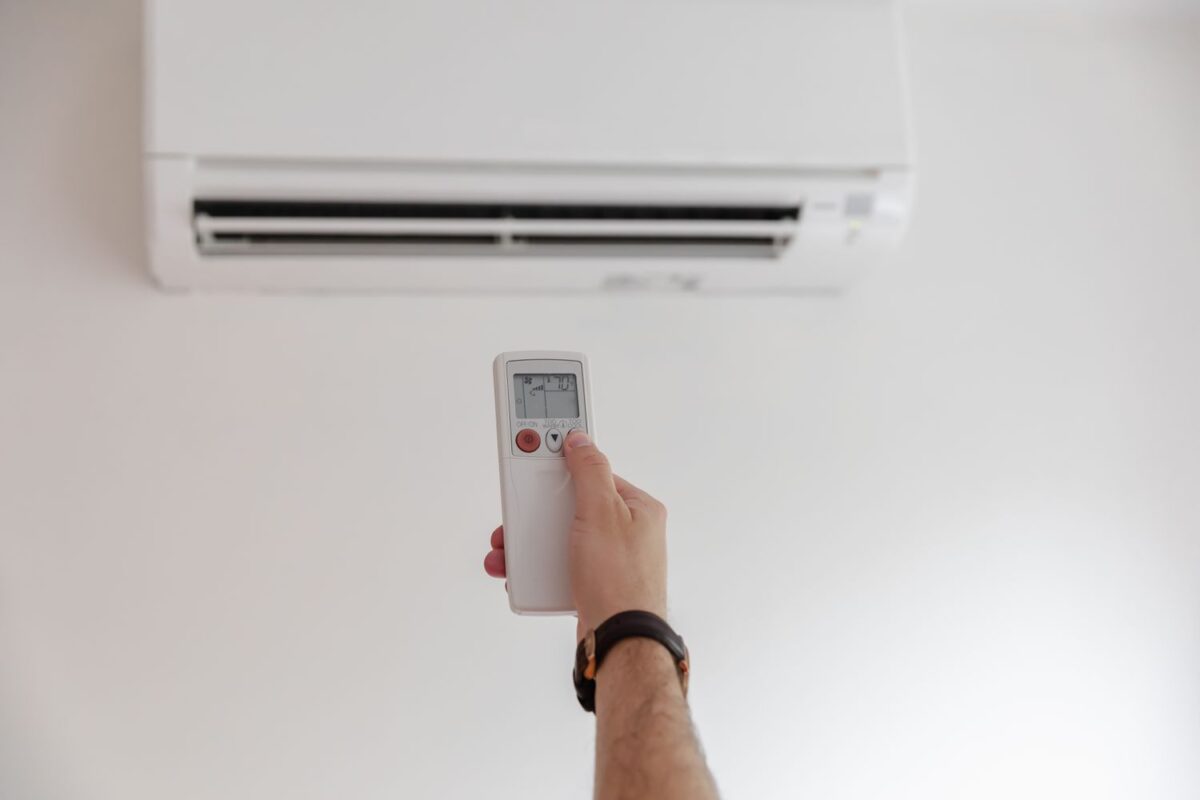Air cooling, which was once considered a luxury, is now a characteristic of contemporary Australian living. It has changed how people live, commute, and work in a matter of decades, but it has also contributed to an increasing environmental problem.
From the days of evaporative cooling and breezy verandahs to the dominance of temperature-controlled skyscrapers and climate-sealed suburbs, Australians have adapted their way of living to stay cool. Yet, the very technology that provides comfort is also driving up energy demands and contributing to a warming planet.
From Rare Luxury to Suburban Staple
Air conditioning was once a rare indulgence in Australia, reserved for a few commercial buildings and luxury cars. As late as the 1990s, many homes still relied on passive cooling—long eaves, shaded verandahs, and natural airflow. However, the arrival of cheaper split-system units in the late 20th century dramatically shifted this landscape.
In 1999, only 35% of Australian households had air conditioning. By 2010, this figure had doubled to 70%, according to the Australian Government’s Cold Hard Facts report. Installation rates have continued to rise, with 1.5 million new units installed in 2022 alone.
The widespread adoption of air conditioning has directly influenced urban development. Suburbs expanded inland, away from natural cooling sources like coastal breezes, while office buildings moved away from passive solar design. Architects and builders, once reliant on climate-sensitive planning, began designing sealed structures where air conditioning maintained indoor temperatures year-round.
Vehicle air conditioning followed a similar trajectory. In the 1970s and 80s, most Australian cars were sold without it, but by the 1990s, air conditioning became a standard feature. Longer commutes in temperature-controlled vehicles became commonplace, further reinforcing society’s dependence on artificial cooling.
A Growing Environmental Cost
Despite its benefits, air conditioning places immense pressure on Australia’s energy grid. On the hottest days, electricity demand surges, with cooling systems consuming up to 90% of household power in cities like Brisbane during peak times.
The environmental impact extends beyond energy use. Air conditioning systems rely on refrigerant gases, some of which are hundreds of times more potent than carbon dioxide in trapping heat. Australia’s 18 million air conditioning units collectively hold gases equivalent to 100 million tonnes of CO2.
While regulations require these gases to be safely captured and destroyed when systems are decommissioned, compliance is low. Reports suggest only 20% of these refrigerants are properly collected, with the rest leaking into the atmosphere—adding the equivalent of 1.6 million petrol cars’ emissions annually.
Globally, demand for air conditioning is expected to triple by 2050, driven by rising temperatures and economic growth in developing nations. Yet, as the world grapples with the consequences of increased cooling reliance, Australia has declined to sign the Global Cooling Pledge, which seeks to reduce emissions from cooling technologies.









